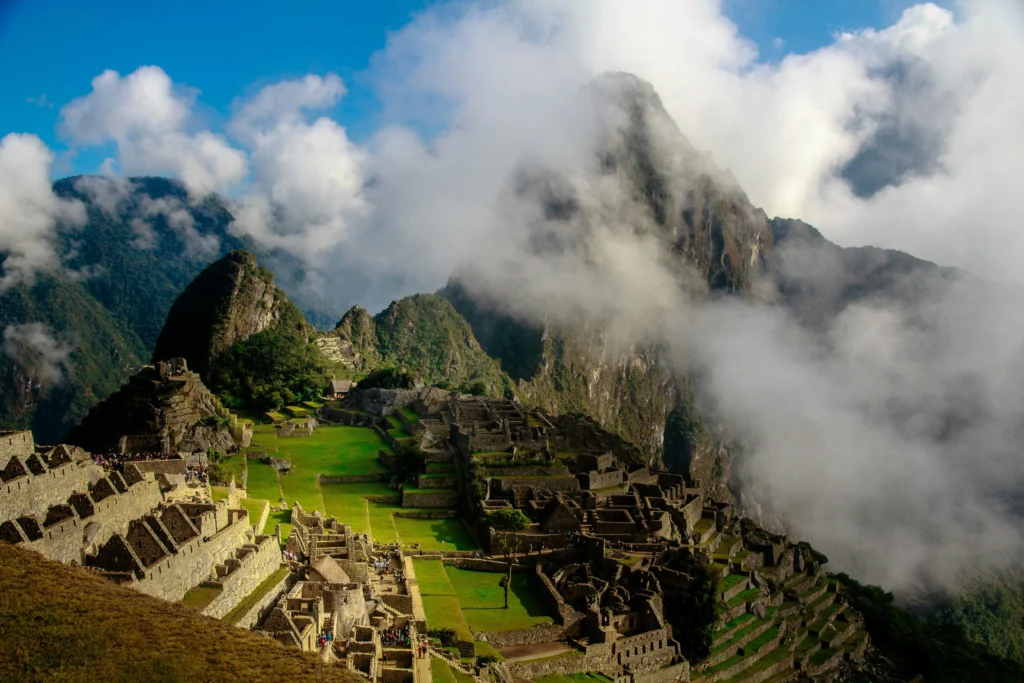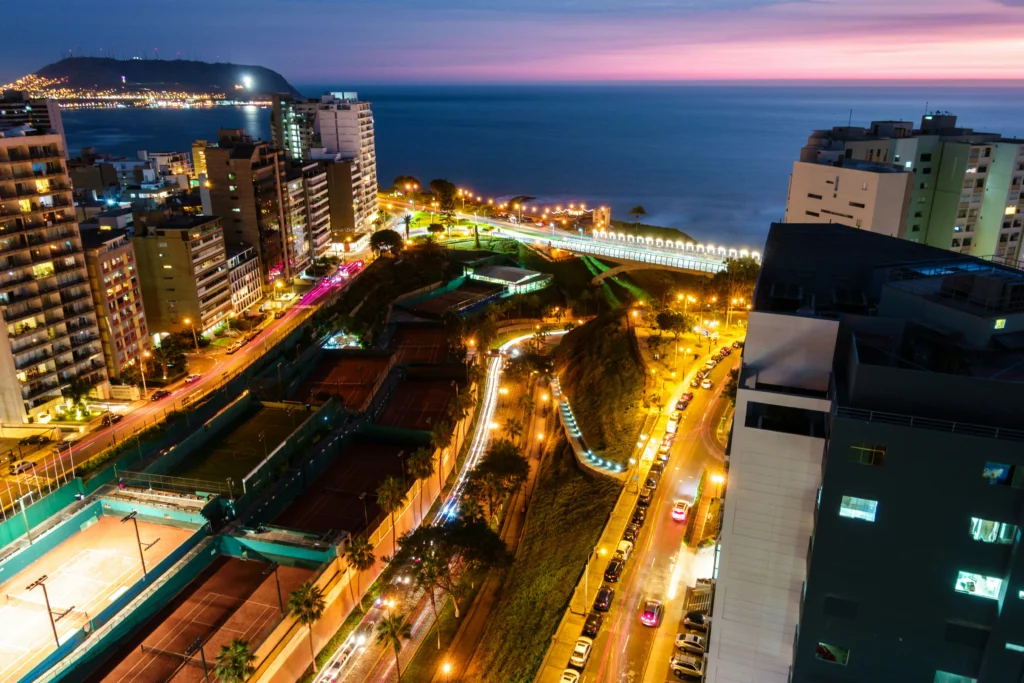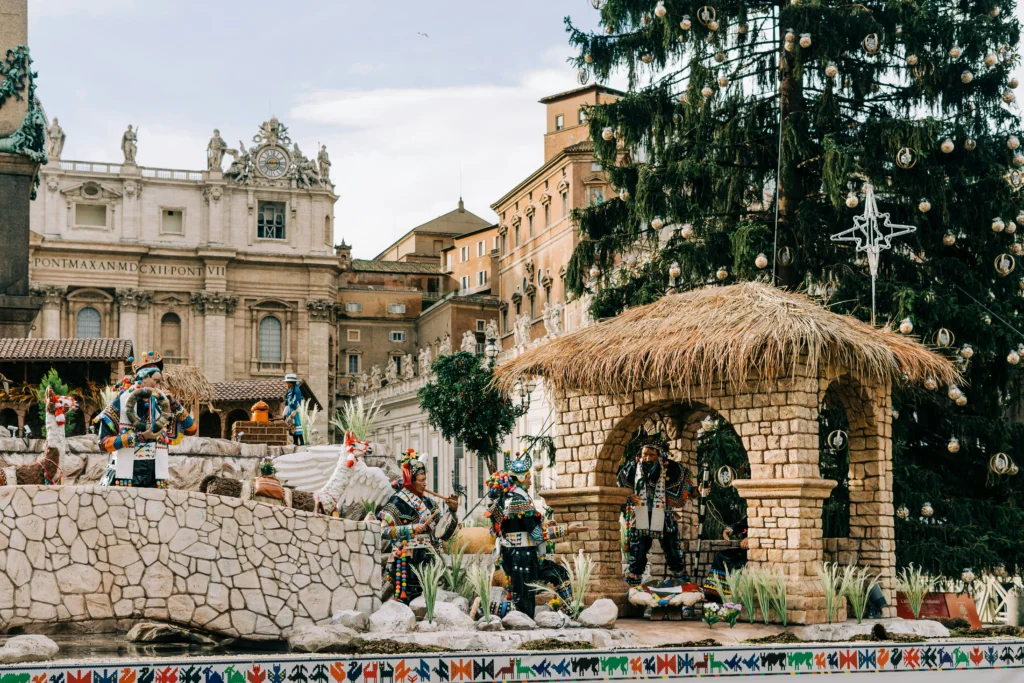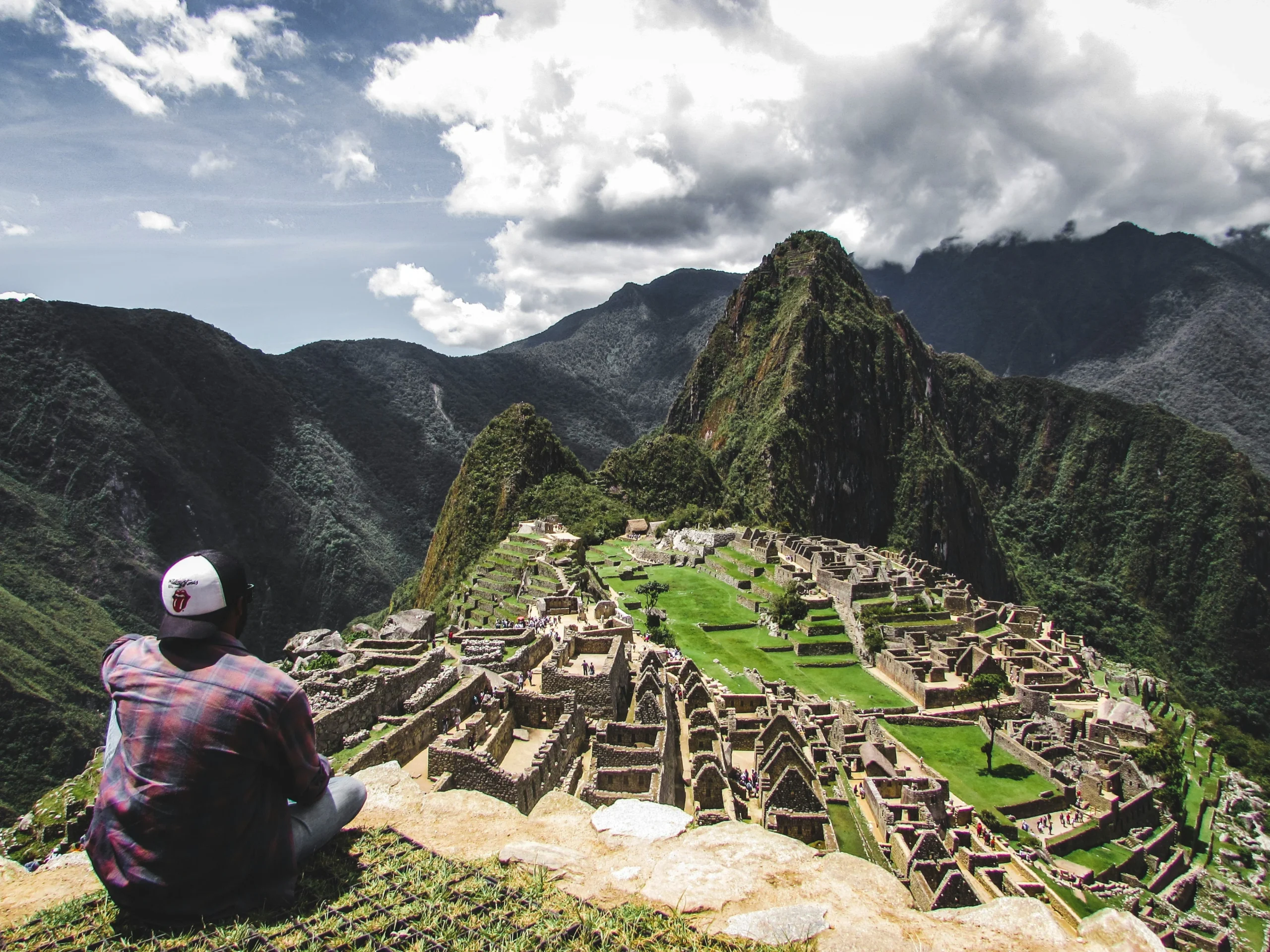Tourism in Peru
Since the early 2000s, tourism in Peru has steadily risen to become the third-largest industry in the nation, trailing only behind fishing and mining. This sector has diversified significantly, offering a variety of experiences that cater to a wide range of interests. The principal focus areas of tourism in Peru include archaeological monuments, ecotourism in the Amazon, cultural tourism in colonial cities, gastronomic tourism, adventure tourism, and beach tourism.

Tourism in Peru is overseen by the National Tourist Office, Iperú, which plays a critical role in promoting and managing the sector.
Rail Transport in Peru
Rail transport in Peru is a unique blend of historic and modern systems. In Lima, the metro system is still under development, with only one operational line currently available. Outside Lima, the rail network is more extensive. The Ferrocarril Central Andino is a notable route, beginning at sea level in Callao and ascending through the Andes, crossing the Junín and Huancavelica departments. The Southern Railway, operated by PeruRail, connects Mollendo in Arequipa to Cusco, including stops at iconic locations such as Machu Picchu. This railway is renowned for its luxury services, including The Hiram Bingham and the Andean Explorer. Inca Rail also provides crucial services, connecting nearby cities to Aguas Calientes, the gateway to Machu Picchu.
River Transport
In the Amazonian region, river transport is indispensable due to the lack of roads. Major hubs include Iquitos, Puerto Maldonado, Pucallpa, and Yurimaguas. In this remote area, river and air travel remain the primary modes of transportation.
Tourism Data
Tourism in Peru plays a pivotal role in the national economy. It is the third-largest industry, employing 11% of the labor force, which translates to 484,000 direct jobs and 340,000 indirect jobs. This sector contributes approximately 7% to Peru’s Gross Domestic Product (GDP) and is the fastest-growing industry in the country. The Commission for the Promotion of Peru (PromPeru), a branch of the Ministry of Foreign Commerce and Tourism, regulates this vibrant sector.
In 2000, tourism in Peru saw around 1 million visitors annually. By 2017, this figure had surged to over 4 million. The most frequent visitors came from Chile, the United States, and Ecuador, among other countries.

Cultural Tourism
Cultural tourism is the most significant segment of the tourism industry in Peru. The country’s rich history and heritage attract countless visitors to its major attractions. Machu Picchu, the most internationally renowned ruin, remains a top draw. Other prominent sites include Chan Chan, Sipán, Kuelap, and the Nazca Lines. Spanish colonial architecture, particularly in Lima, Arequipa, and Cusco, also draws significant interest. Lima boasts several notable museums, such as the National Museum and the Rafael Larco Herrera Archaeological Museum, while other regional museums, like the Regional Museum of the National University of San Martin in Tarapoto, add to the cultural richness.
Ecotourism in Peru
Ecotourism in Peru flourishes due to the country’s diverse landscapes, including mountains, rainforests, and beaches. The Peruvian Amazon covers 60% of the country’s land area, with 74% of this region covered by the Amazon rainforest. This area is one of the most pristine and ecologically significant rainforests globally. Peru’s commitment to conservation is evident, with a substantial percentage of protected lands in national parks and reserves.
However, environmental challenges persist. Illegal logging, driven by economic hardship, threatens both ecosystems and local communities. Despite these issues, ecotourism in Peru offers a promising avenue for ecological conservation, economic development, and political empowerment. Increased ecotourism has led to enhanced tourist infrastructure, aiming to mitigate the adverse effects of environmental degradation.
Natural Attractions and Ecotourism
Ecotourism in Peru also extends to its various natural attractions. The Amazon region features both the high jungle and the lower jungle, each with unique biodiversity. Notable protected areas include Manu National Park, Rio Abiseo National Park, and the Tambopata-Candamo Protected Area.
In the Áncash region, the Cordillera Blanca, with its snow-capped peaks, and the Cordillera Negra, devoid of glaciers, provide dramatic landscapes. Huascarán, Peru’s highest peak, lies within the Huascarán National Park, a UNESCO World Heritage Site.
The Piura region is known for its beaches, ideal for surfing due to its equatorial location. Local initiatives, such as those by Ecoswell, promote ecotourism and involve local communities in preserving the unique dry forest ecosystem.
Adventure Tourism
Adventure tourism in Peru benefits from the country’s varied geography. From surfing and dune buggies on the coast to alpinism and skiing in the highlands, and rafting and trekking in the jungle, there is no shortage of thrilling activities. Popular adventure pursuits include surfing at Puerto Chicama, which boasts the world’s longest left-breaking wave, and trekking to Machu Picchu. The sierra region is also becoming a hub for skiing and mountain climbing.

Gastronomic Tourism
Gastronomic tourism in Peru reflects a rich fusion of cultures. The country’s cuisine integrates Spanish, Chinese, Italian, West African, and Japanese influences with traditional Andean ingredients. Staples like corn, potatoes, and beans are complemented by Spanish imports such as rice and meat. Peruvian foods like quinoa and kiwicha have gained international recognition. Regional variations in cuisine offer a unique culinary experience depending on whether one is in the coastal, highland, or jungle areas of Peru.
Popular beach destinations include Máncora, known for its vibrant nightlife and white sand beaches, and Punta Sal, which caters more to those seeking relaxation. Asia, a beach area south of Lima, has also seen a rise in popularity.
Surfing in Peru
Surfing in Peru is renowned for its excellent conditions. Puerto Chicama is famous for having the longest left-breaking wave in the world. The surf destination Lobitos gained prominence in the early 2000s due to improved conditions post-El Niño. Surf tourism in Peru not only enhances the local economy but also supports environmental conservation through sustainable practices.
Luxury Travel Demographics
Luxury travel in Peru attracts primarily tourists from the U.S. and Europe, with increasing interest from Asia. Key destinations include Cusco, Urubamba, and Machu Picchu, as well as the Puno region, Lake Titicaca, and Colca Canyon. Significant investments have been made in high-end tourism infrastructure, including a luxury train route between Arequipa and Cusco. The Peruvian government actively seeks international investment in the luxury sector, with substantial funding from U.S. and European hotel chains.
tourism in Peru encompasses a broad spectrum of experiences, from its rich cultural heritage and diverse natural landscapes to its growing focus on luxury and sustainable travel.

